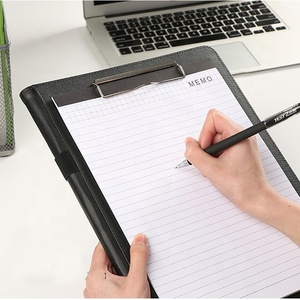Introduction to Collectible Documents
Collectible documents are unique and valuable items that appeal to enthusiasts, historians, and collectors alike. These documents range from historical artifacts and autographed letters to rare manuscripts and vintage postcards. They serve as a tangible connection to the past, making them invaluable for personal collections and as investment opportunities. The beauty of collectible documents lies not only in their rarity but also in the stories and cultural significance they carry.
Types of Collectible Documents
When exploring collectible documents, variety is abundant. Here are some notable categories:
- Autographed Documents: Items signed by notable figures, including letters, photographs, and manuscripts.
- Historical Manuscripts: Handwritten documents from significant historical periods, such as the Declaration of Independence or ancient scripts.
- Vintage Postcards: Collections of postcards from the early 20th century that showcase historic imagery and unique illustrations.
- Legal and Official Documents: Deeds, contracts, and documents that hold legal importance and historical context.
- Photographic Archives: Collections of original photographs, negatives, or unique prints that capture historical moments.
Applications of Collectible Documents
Collectible documents cater to various applications, appealing to diverse audiences:
- Investments: Many collectors consider these documents as tangible assets that may appreciate over time, providing financial gain.
- Education: Schools and universities utilize collectible documents for research and educational purposes, enhancing the learning experience.
- Art Exhibitions: Museums often showcase collectible documents in exhibitions, allowing the public to appreciate their historical value.
- Personal Collections: Many individuals enjoy curating their own collections as a hobby, striving to acquire unique pieces that tell a story.
- Restoration Projects: Collectible documents often become subjects for preservation and restoration efforts, highlighting their importance in cultural heritage.
Features of Collectible Documents
Each collectible document is unique and possesses specific characteristics that enhance its value:
- Rarity: Many documents are one-of-a-kind or were produced in limited quantities, increasing their desirability.
- Historical Significance: Documents associated with pivotal events, figures, or movements in history frequently garner increased interest.
- Condition and Preservation: The state of the document, including its physical condition and proper preservation, can significantly affect its value.
- Provenance: A documented history of ownership can add to the narrative and authenticity, enhancing its appeal among collectors.
- Originality: Authentic items, particularly those that have been verified by experts, are highly sought after in the market.
Advantages of Collecting Collectible Documents
There are several benefits associated with investing in and collecting these documents:
- Connection to History: Collectors often feel a personal connection to history through the documents they acquire.
- Diverse Portfolio: As alternative investments, collectible documents can diversify an investment portfolio beyond traditional assets.
- Community and Networking: The collectible document community hosts various fairs, shows, and online forums that allow collectors to connect, share knowledge, and trade.
- Intellectual Engagement: Collecting can be intellectually stimulating as individuals research and explore different facets of historical significance.
- Preservation of Culture: By preserving and collecting documents, enthusiasts contribute to the safeguarding of cultural heritage for future generations.
















































